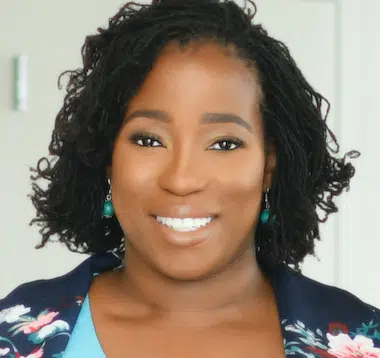Q&A: Fundraising Best Practices When Connecting With Diverse Audiences



It’s important for nonprofit leaders to learn how to incorporate fair and good fundraising best practices when connecting with diverse audiences.
Question: I am preparing to take on a leadership role in DEI for a large organization. We have a committee standing to assist me, however, because DEI is ever evolving, we spend a lot of time discussing the changes and our work hasn’t been fully realized by all. Any advice on how I can help balance the scales, between discussion and action?
Answer: Creating a timeline with deadlines can be an excellent strategy for achieving DEI goals. To ensure everyone is on the same page, it’s important to consider adding specific details to the timeline, such as tasks and milestones to be completed. Additionally, assigning team members to oversee each task can help emphasize the importance of accountability and ensure the timeline is followed. Lastly, having a timeline meeting will convey the importance of sticking to deadlines and having a backup plan in case its needed.
Question: Should we be striving to achieve diversity among our individual donor pool? Or should we be approaching DEI more from the programmatic, operational, and cultural efforts; Aka, the impact that we’re making on DEI versus focusing on sourcing money from a diverse group of individuals?
Answer: The approach your organization should take depends entirely on its goals. If you’re looking to advance your DEI initiatives through your current events, programs, and clients, then a programmatic approach would be the right choice. On the other hand, if your aim is to segment your donor base and create a strategy to connect with potential donors who may have a connection to your existing donor base, then that’s the route you should take. Either way, achieving these goals will take significant time and effort, and it’s a decision that should be made by your team, organization, and advisory committee. Best of luck!
Question: How can we add NTEE codes on the IRS file or Candid?
Answer: To add NTEE codes to your organization’s profile on Candid, you will need to claim and update your organization’s profile on the Candid website. Once you have claimed your profile, you can edit the profile information, including the NTEE codes. To add NTEE codes, navigate to the “NTEE Code” section of your organization’s profile and select the appropriate codes that represent your organization’s mission and activities.
Keep in mind that the NTEE code system is periodically updated, so it’s important to review and update your organization’s codes to ensure they accurately reflect your mission and activities.
Question: My organization has made strides with DEI internally – training for the staff and relatively diverse hiring, but leadership is very hesitant to discuss DEI with our fairly conservative donor base and actively avoids it. How can I talk about the importance of sharing this value?
Answer: Your organization has taken some positive steps toward promoting DEI internally, which is great to hear. However, if DEI is one of your organization’s priorities, it should be shared with donors. One way to approach this might be to highlight the benefits of promoting DEI, such as attracting new donors who share your values and creating a more inclusive community. Ultimately, the decision of how to communicate this message will be made by leadership, but it’s important to make sure that your organization’s priorities are being effectively communicated to all donors.
Question: My organization is debating having a booth at a large community pride event but some staff are worried that it’s not what we should be spending money on. Our organization is focused on supporting BIPOC girls, and some of them are non binary, but some staff feel that supporting pride or getting too involved could feel like mission creep. Would love to know what you think about this?
Answer: The definition of mission creep is when a nonprofit organization deviates from its mission and participates in programs or activities that do not align with its purpose. Existing donors can view this as the organization lacking focus on its primary goals.
If you are considering expanding your organization’s focus, that will demonstrate your commitment to supporting diverse communities, whether through participating in events or providing support in other ways. The best approach is to balance broadening your focus and keeping your main goal connected to your mission.
Question: I have been incorporating strengths-based messaging or asset-framing for describing people we serve. How do we incorporate that into a DEI policy?
Answer: One way to incorporate strengths-based messaging into your DEI policy is to highlight unique skills, experiences, and perspectives from diverse backgrounds. This emphasizes the valuable contributions diversity and inclusion can bring to your nonprofit.
What other DEI-related questions do you have? Ask away in the comments below.


Comments